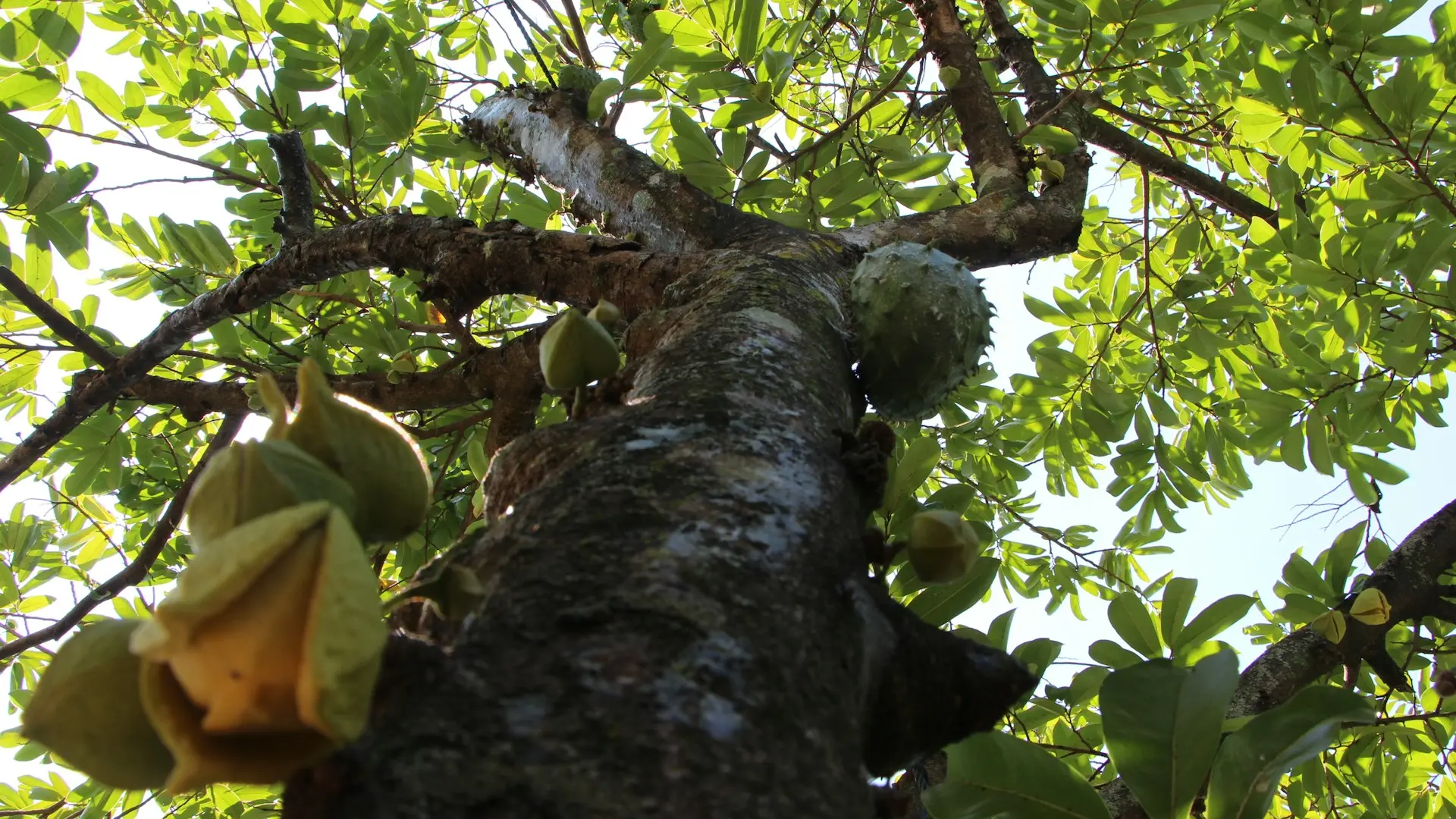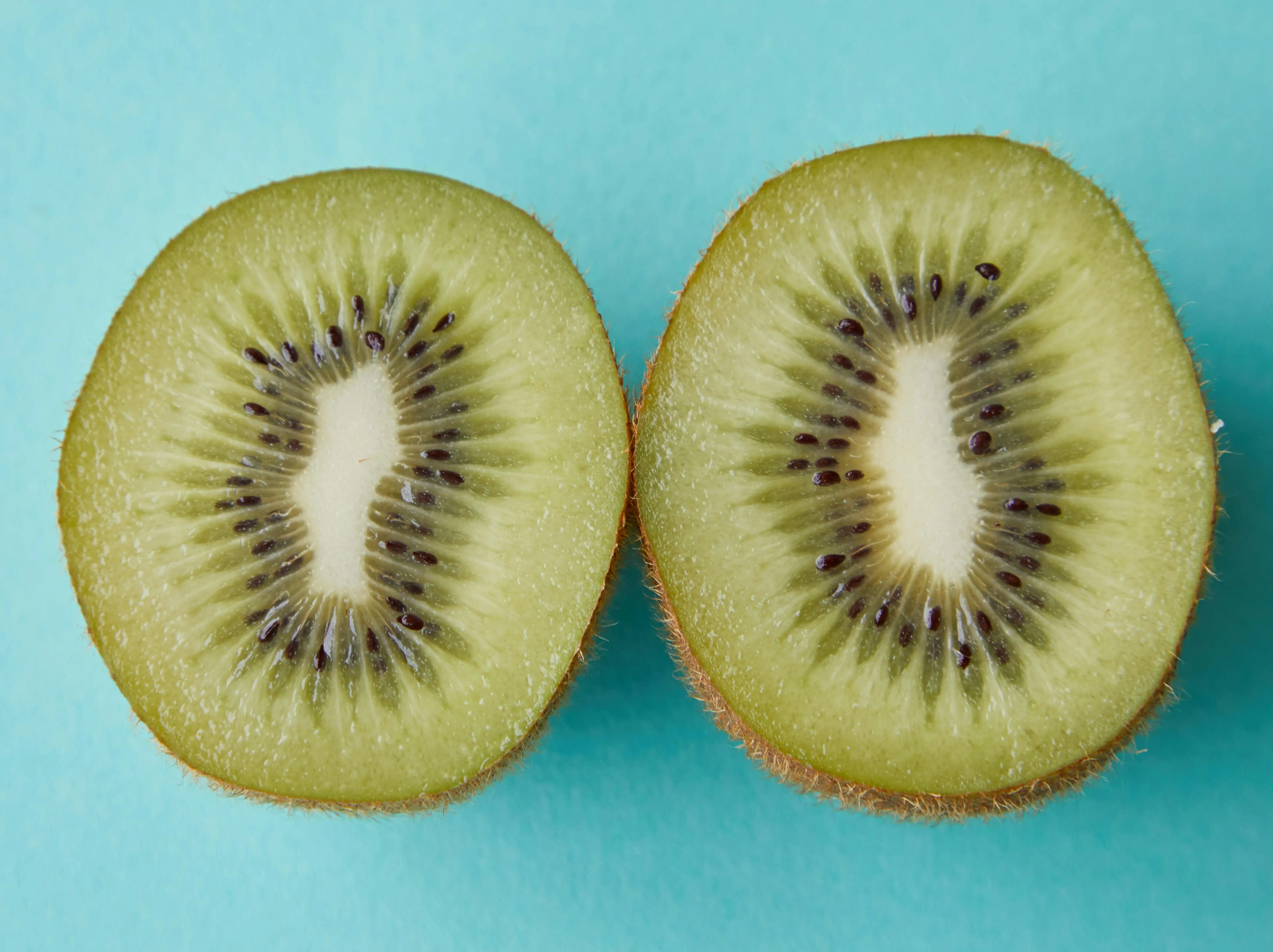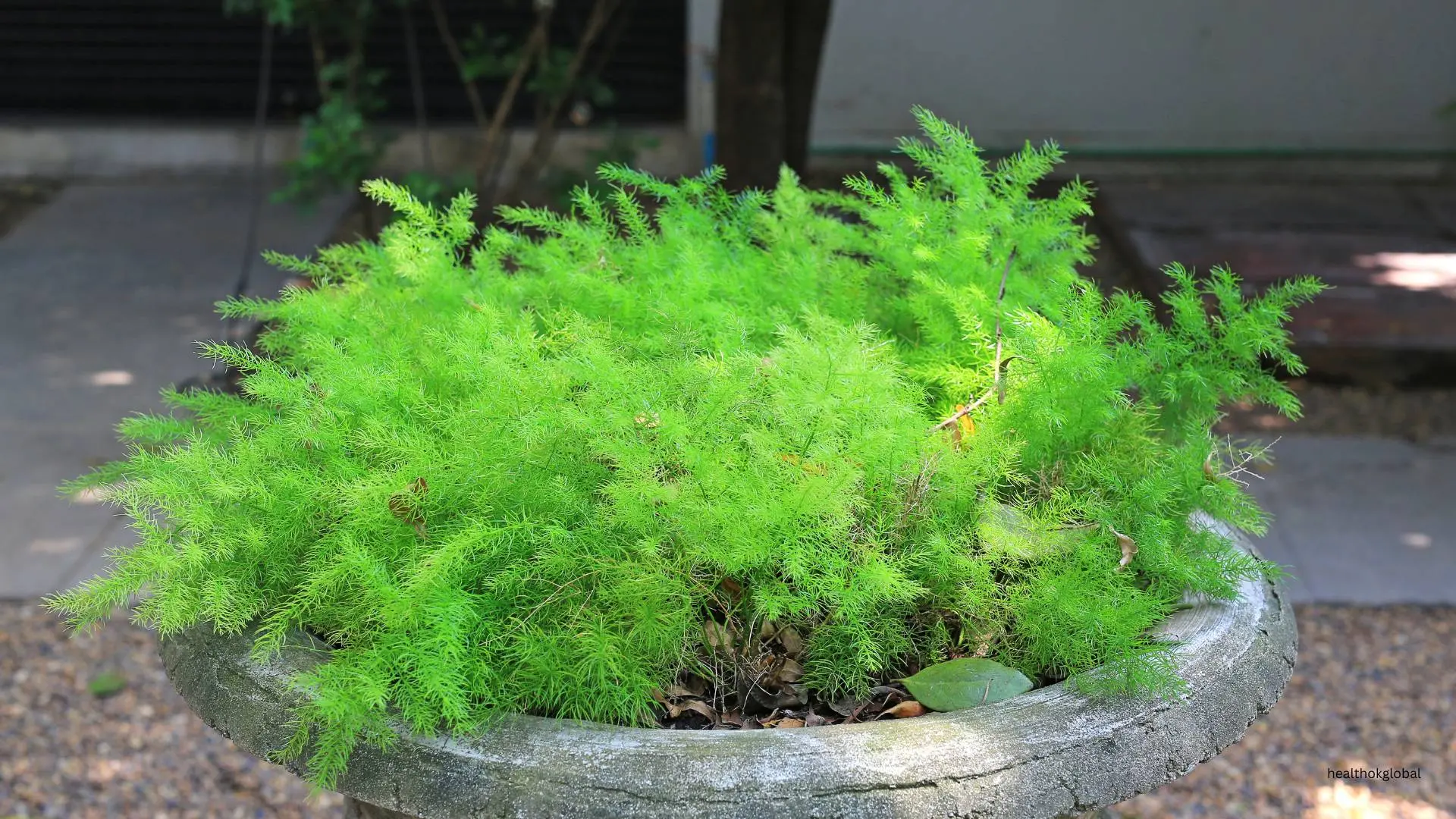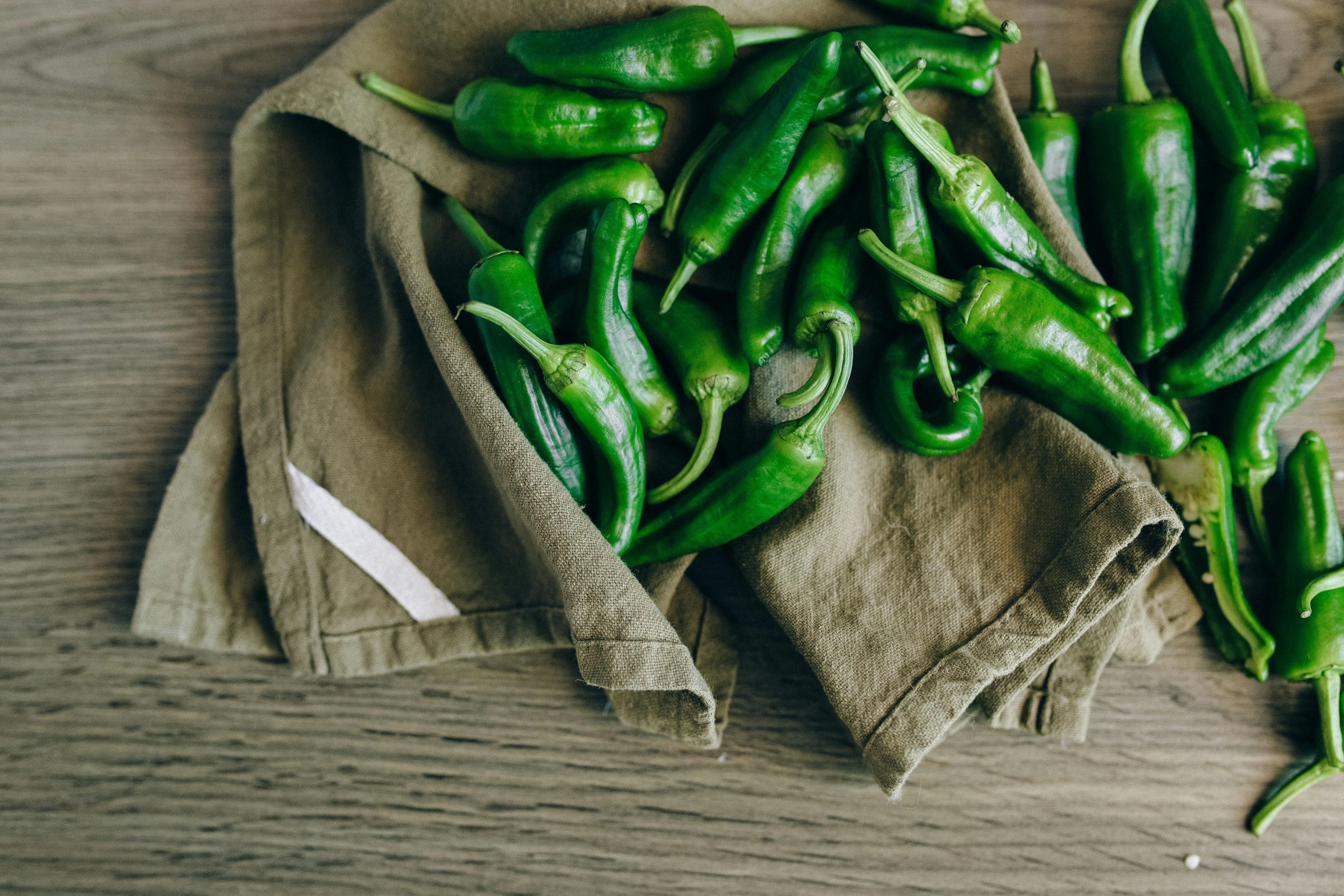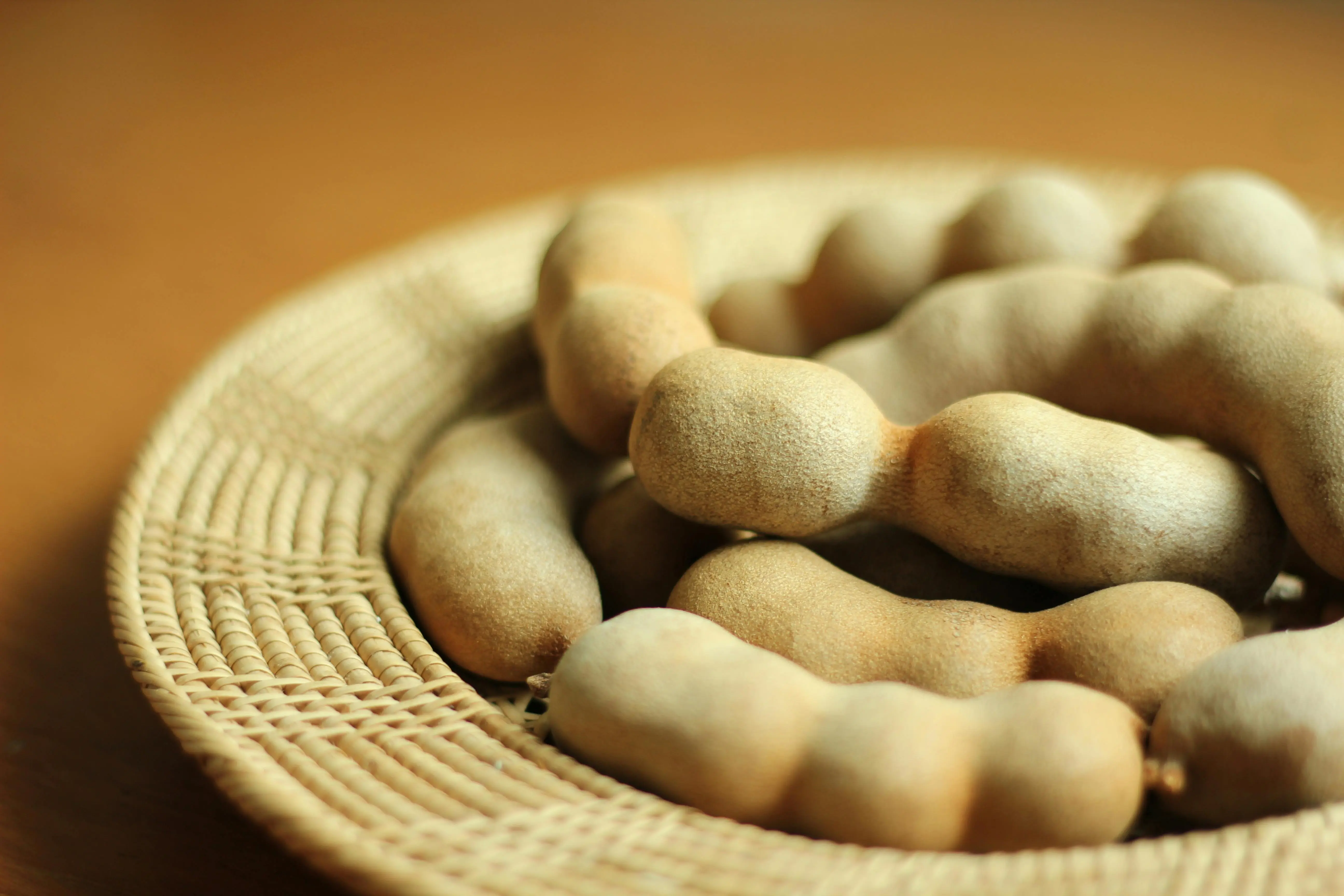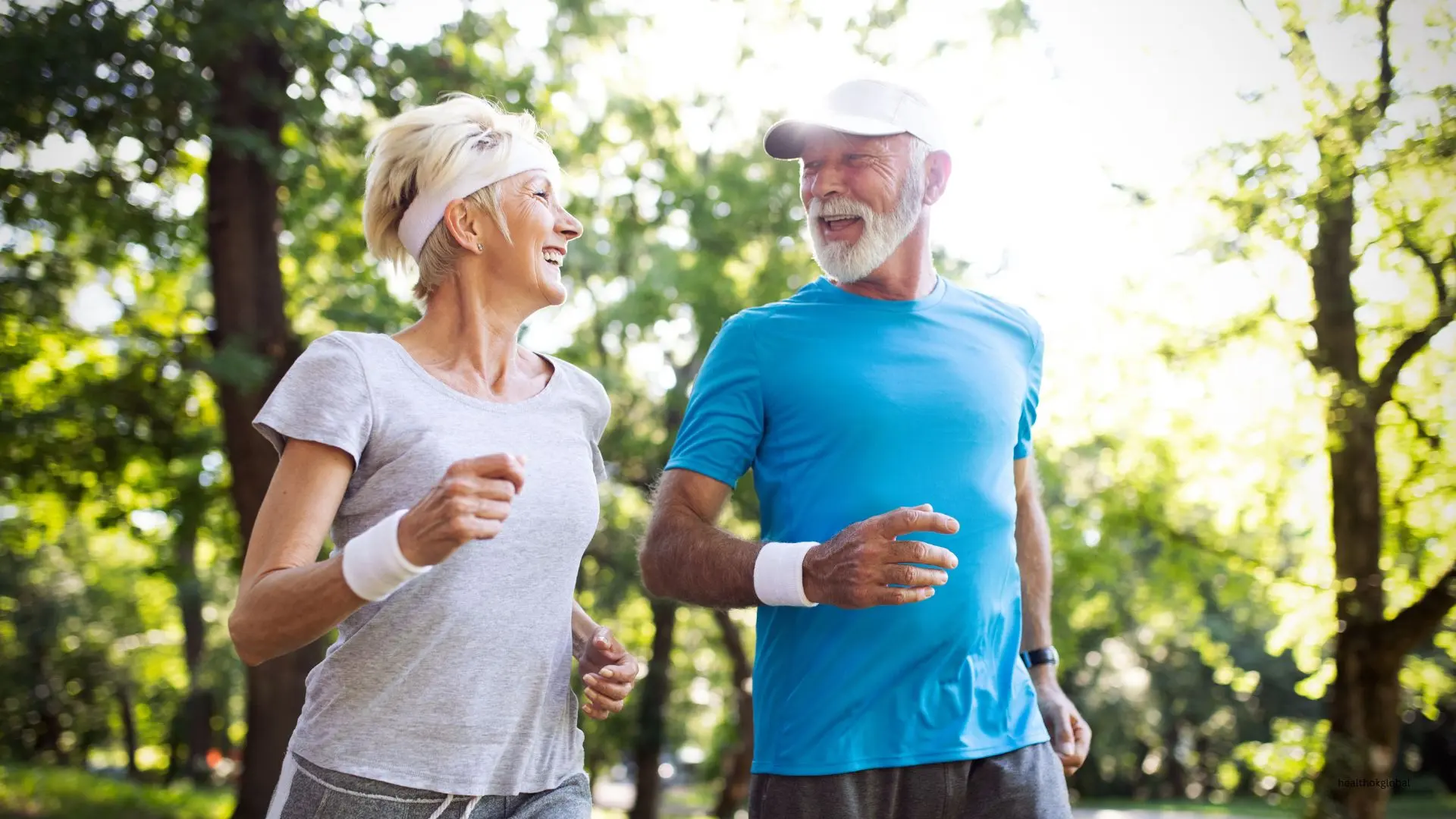Bhujangasana, also known as Cobra Pose, is a popular yoga asana that offers numerous physical and mental health benefits.
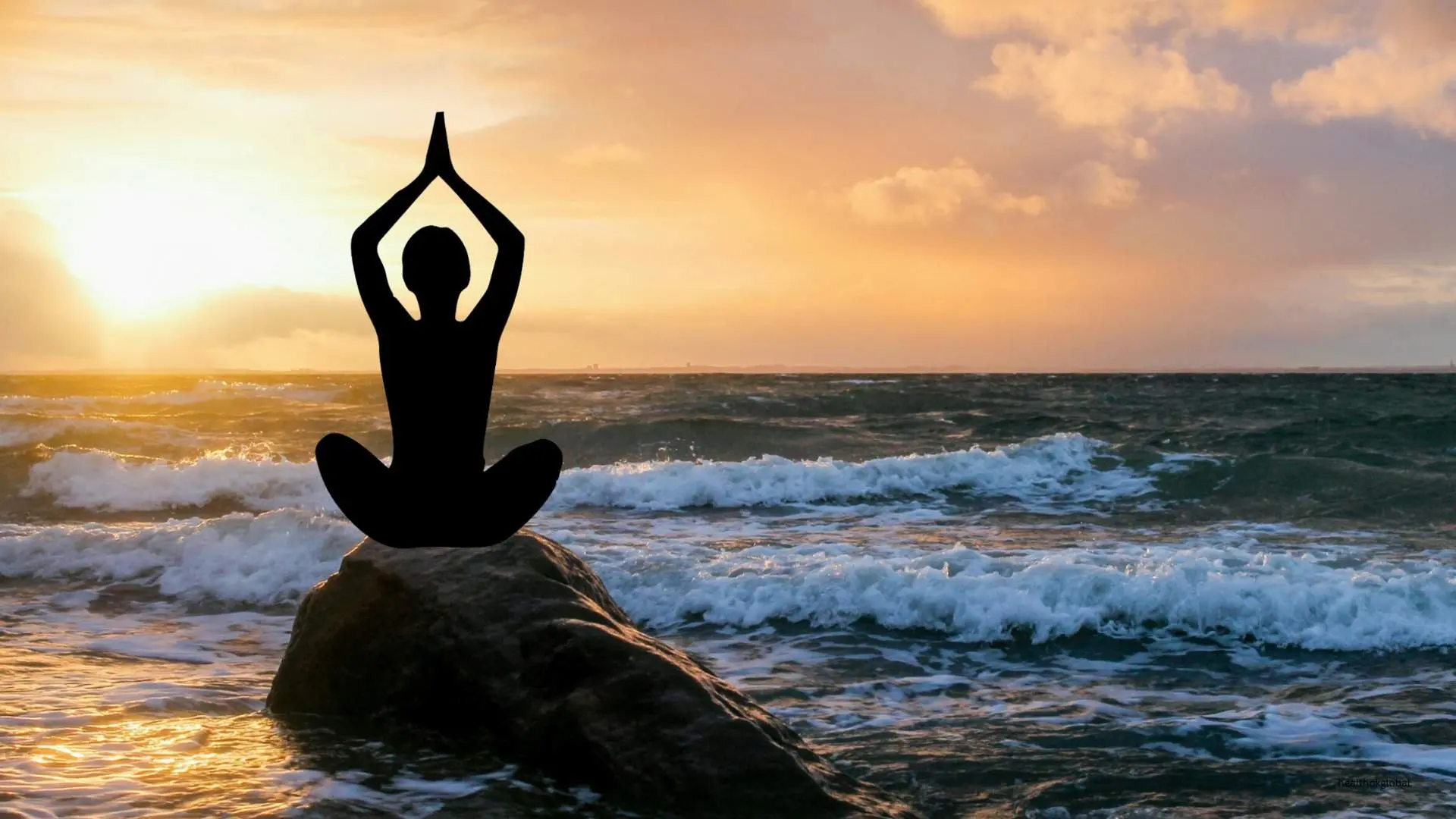
Blog
Bhujangasana Yoga Pose – Benefits & How‑To
Bhujangasana, also known as Cobra Pose, is a popular yoga asana that offers numerous physical and mental health benefits. This pose is part of the Surya Namaskar (Sun Salutation) sequence and is known for its ability to strengthen the spine, open the chest, and improve flexibility. In this blog, we will explore the benefits of Bhujangasana, how to perform it, and tips for incorporating it into your yoga practice.
Bhujangasana is a reclining back-bending asana in hatha yoga and modern yoga as exercise. The name comes from the Sanskrit words 'bhujanga' meaning 'snake' or 'serpent,' and 'asana' meaning 'posture' or 'seat.' The pose resembles a cobra with its hood raised, hence the name.
Practicing Bhujangasana regularly can provide a wide range of benefits for both the body and mind:
Bhujangasana helps strengthen the spine and back muscles, promoting better posture and reducing back pain.
The pose stretches the chest, shoulders, and abdomen, helping to open the chest and improve respiratory function.
Bhujangasana increases flexibility in the spine and strengthens the muscles of the upper body.
Practicing this pose helps relieve stress and fatigue by promoting relaxation and reducing tension in the body.
The pose massages and stimulates the digestive organs, helping to improve digestion and alleviate constipation.
Bhujangasana improves blood circulation throughout the body, providing oxygen and nutrients to the cells.
The pose can help relieve sciatica pain by stretching and strengthening the lower back and legs.
Regular practice of Bhujangasana can enhance mood and mental well-being by reducing anxiety and promoting a sense of calm.
Follow these steps to practice Bhujangasana correctly:
Lie flat on your stomach with your legs extended and the tops of your feet pressing into the mat.
Place your hands under your shoulders, with your elbows close to your body.
Inhale deeply and gently lift your chest off the ground, using your back muscles. Keep your elbows slightly bent and close to your body.
Hold the pose for a few breaths, keeping your gaze forward or slightly upward. Ensure that your shoulders are relaxed and away from your ears.
Exhale slowly and lower your chest back to the ground. Rest for a moment and repeat the pose if desired.
To enhance your Bhujangasana practice, consider the following tips:
Always warm up before practicing Bhujangasana to prepare your body and prevent injury.
Engage your core muscles to support your lower back and maintain stability in the pose.
Avoid overstretching your back by lifting only as high as is comfortable for you.
Focus on deep, steady breaths to enhance relaxation and deepen the stretch.
Consistency is key to experiencing the benefits of Bhujangasana. Practice regularly to build strength and flexibility.
While Bhujangasana is generally safe, it is important to be aware of certain precautions and contraindications:
Avoid practicing Bhujangasana if you have a recent or severe back injury. Consult with a healthcare professional before attempting the pose.
Pregnant women should avoid deep backbends like Bhujangasana, especially in the later stages of pregnancy.
Those with carpal tunnel syndrome should be cautious when practicing Bhujangasana, as the pose puts pressure on the wrists.
Avoid this pose if you have had recent abdominal surgery or are experiencing abdominal pain.
Bhujangasana, or Cobra Pose, is a powerful yoga asana that offers numerous physical and mental health benefits. By incorporating this pose into your yoga practice, you can strengthen your spine, open your chest, and improve your overall well-being. Remember to practice regularly, listen to your body, and follow the proper steps to ensure a safe and effective Bhujangasana practice.
Bhujangasana is a reclining back-bending asana in hatha yoga and modern yoga as exercise. The name comes from the Sanskrit words 'bhujanga' meaning 'snake' or 'serpent,' and 'asana' meaning 'posture' or 'seat.' The pose resembles a cobra with its hood raised, hence the name.
Follow these steps to practice Bhujangasana correctly:
Practicing Bhujangasana regularly can provide a wide range of benefits for both the body and mind:
Need Personalized Health Guidance?
Get expert advice tailored to your specific health needs from our qualified healthcare professionals.
